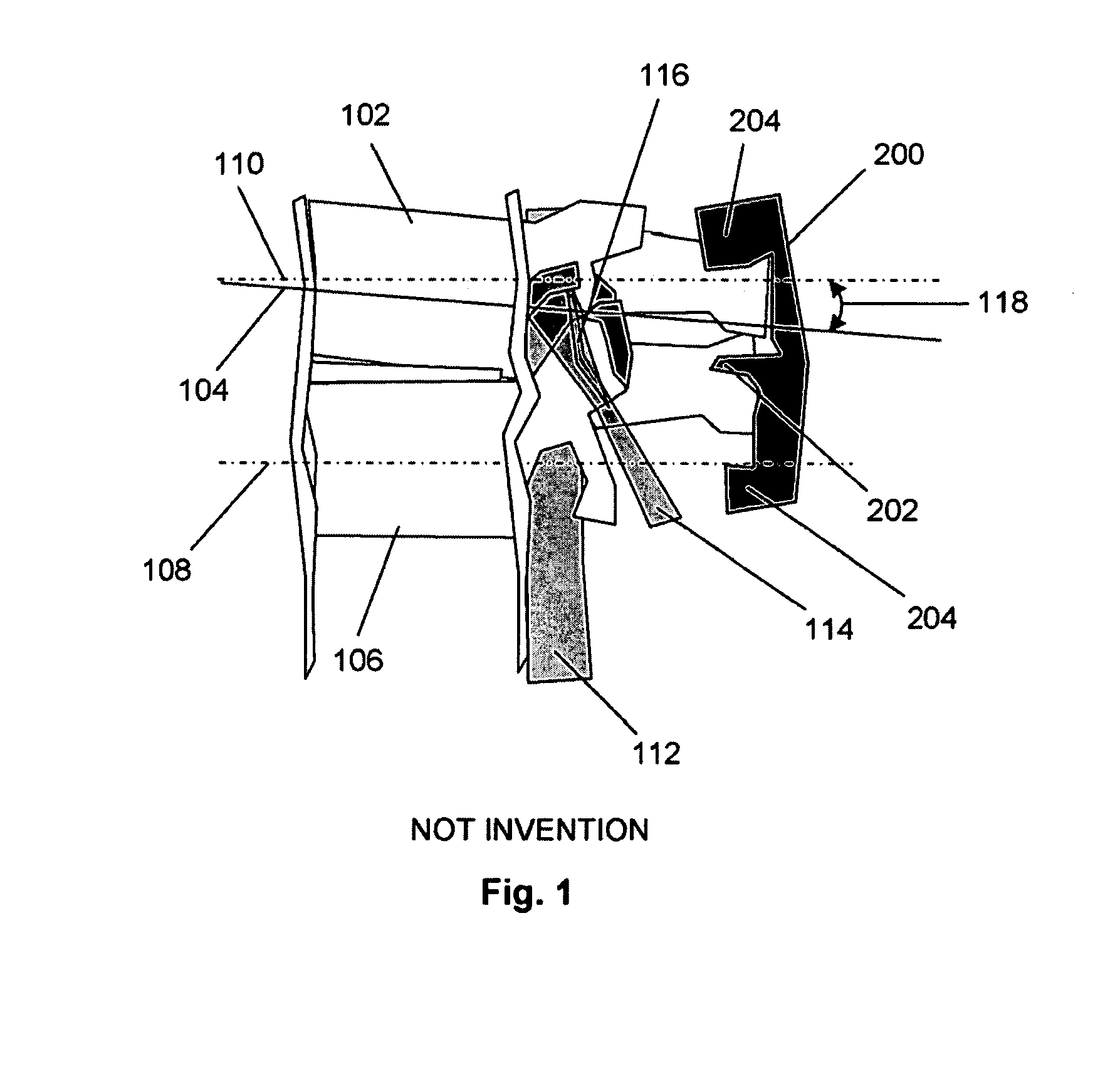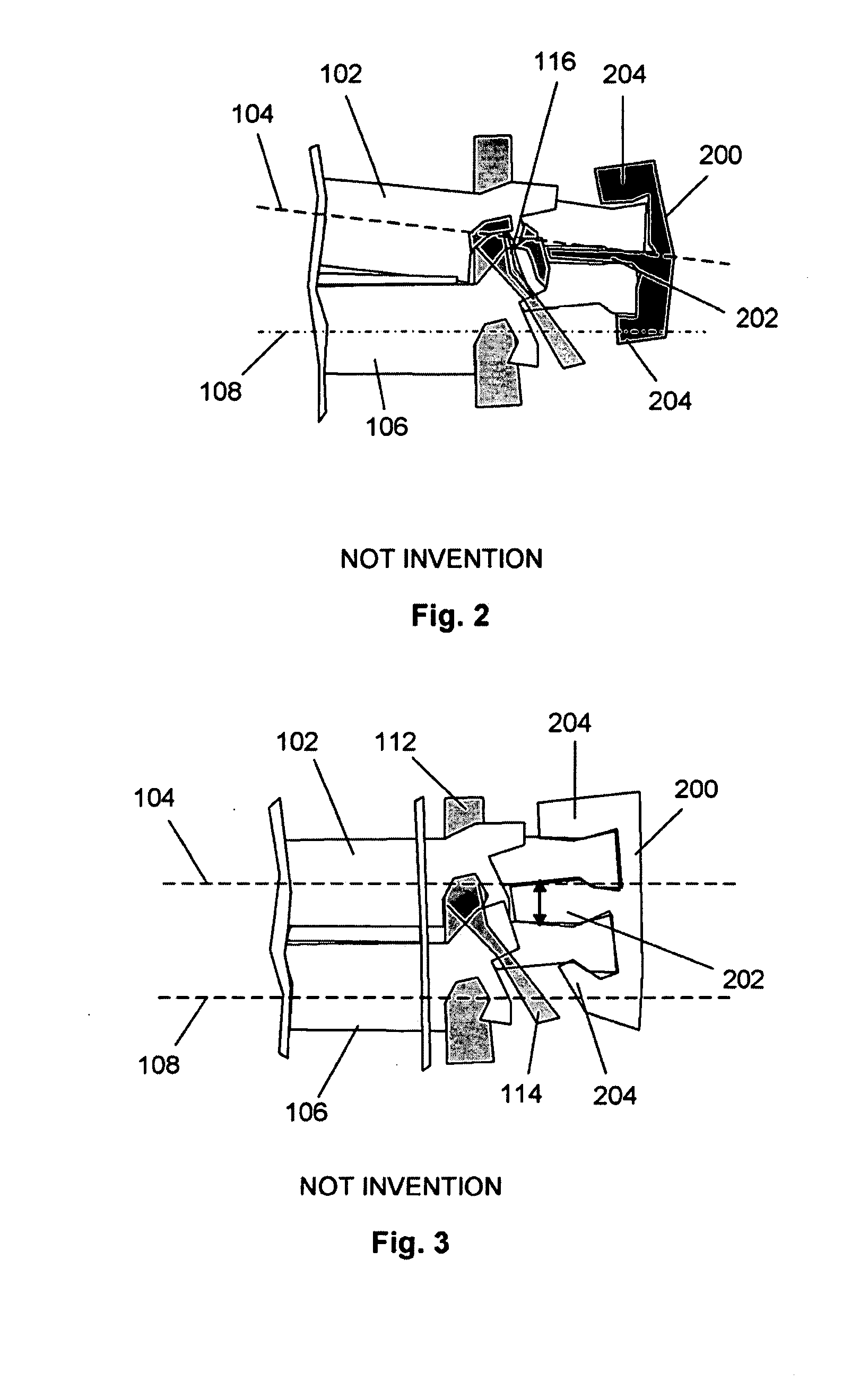Expandable support device and method of use
a support device and expandable technology, applied in the field of expandable support devices and methods of use, can solve the problems of excessive pressure, hypertrophy of facet joints, and bending of vertebrae, and achieve the effects of reducing soft tissue trauma, increasing spine height, and providing mechanical support in the spin
- Summary
- Abstract
- Description
- Claims
- Application Information
AI Technical Summary
Benefits of technology
Problems solved by technology
Method used
Image
Examples
Embodiment Construction
[0064]FIGS. 4a and 4b illustrates that the expandable support device 300 can have an expandable and compressible frame. FIGS. 4a and 4b illustrate the expandable support device in a radially contracted (i.e., flattened, height contracted) configuration.
[0065]The expandable support device 300 can have two, three, four or more struts The struts 302 can be rotationally connected to (i.e., attached to or integrated with) some or all of the other struts 302. The expandable support device 300 can have a top plate 304 and / or a bottom plate 306. The plates 304 can be rotationally connected to one, some or all of the struts 302. The expandable support device 300 can have a first end plate 306a and / or a second end plate 306b. The struts 302 and / or plates 304 and / or 306 can rotationally connect to any or all of each other.
[0066]The struts 30′ and / or plates 304 can have a first vertebral seat 308a and / or a second vertebral seat 308b. The first and second vertebral seats 308a and 308b can be con...
PUM
 Login to View More
Login to View More Abstract
Description
Claims
Application Information
 Login to View More
Login to View More - R&D
- Intellectual Property
- Life Sciences
- Materials
- Tech Scout
- Unparalleled Data Quality
- Higher Quality Content
- 60% Fewer Hallucinations
Browse by: Latest US Patents, China's latest patents, Technical Efficacy Thesaurus, Application Domain, Technology Topic, Popular Technical Reports.
© 2025 PatSnap. All rights reserved.Legal|Privacy policy|Modern Slavery Act Transparency Statement|Sitemap|About US| Contact US: help@patsnap.com



